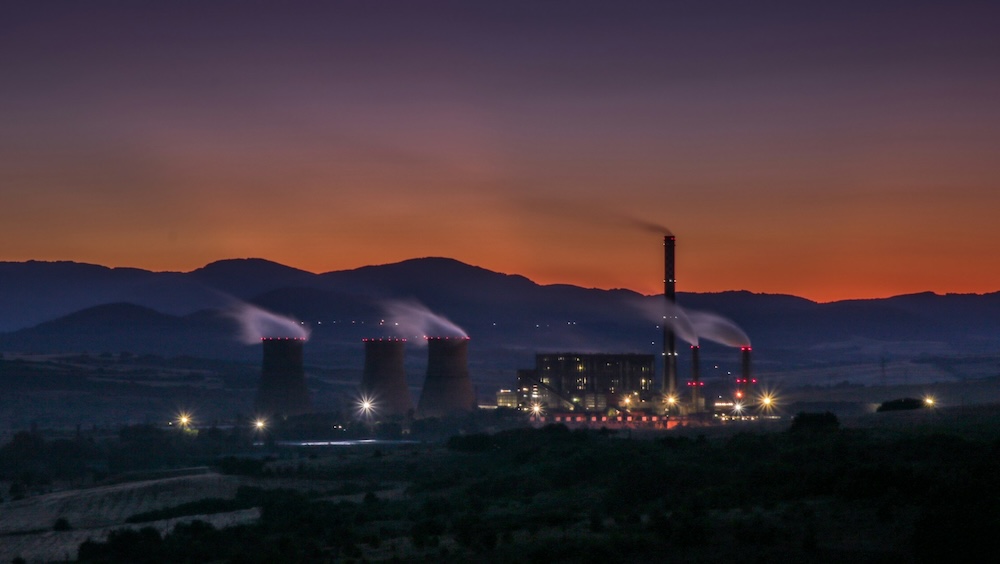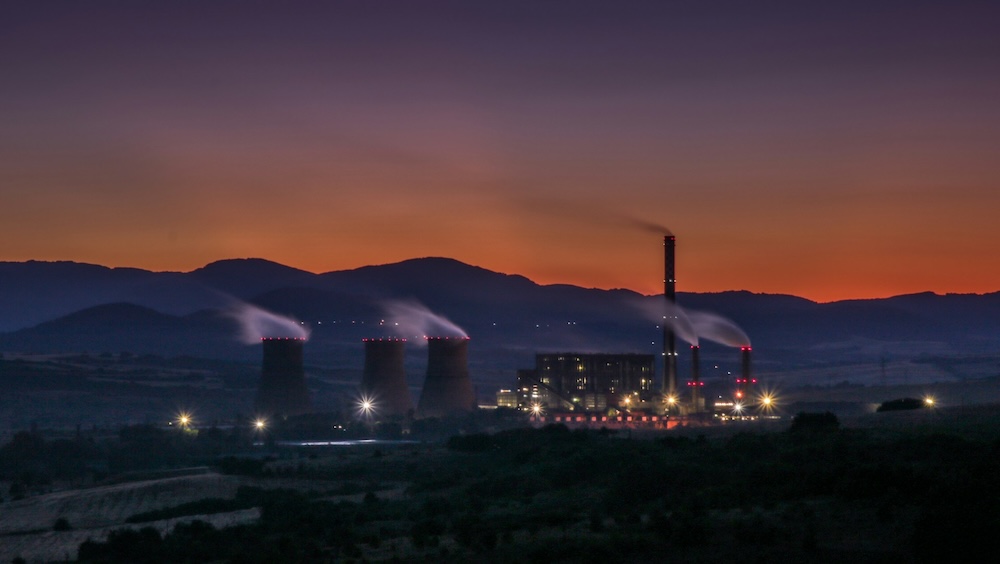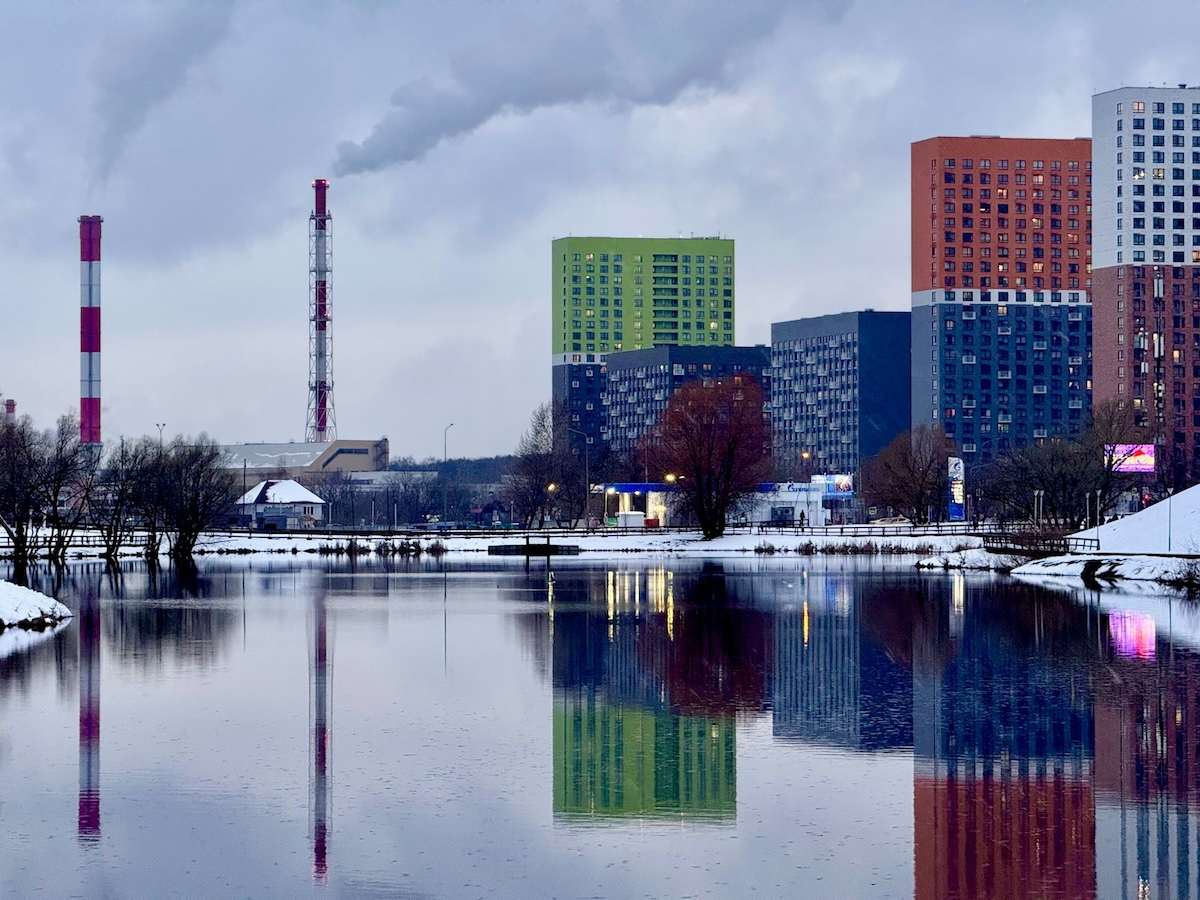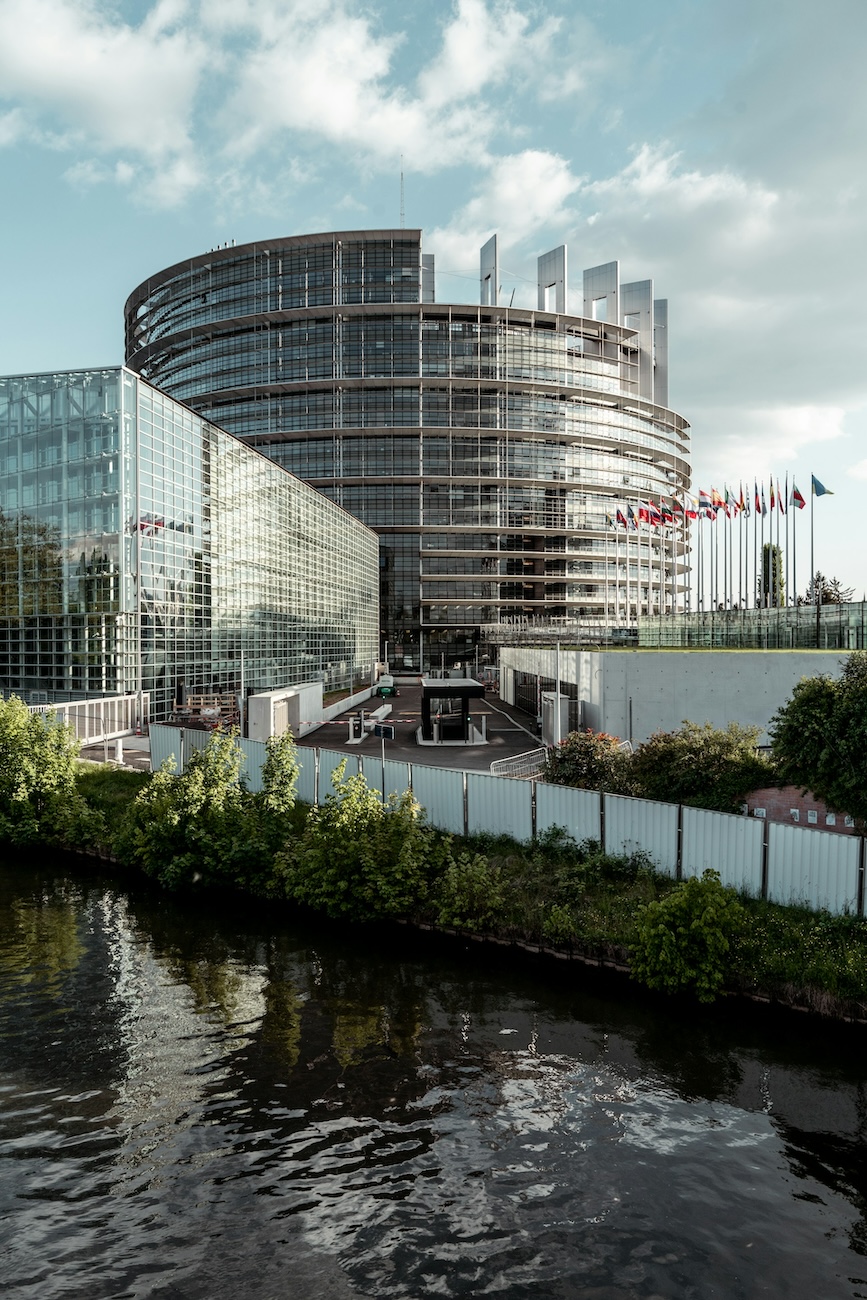
Why Europe must rethink nuclear deployment at scale
Europe’s ambition to reach net zero by 2050 hinges on one unavoidable reality: the continent needs more clean, dispatchable, and secure electricity. Nuclear power is central to meeting this need — but only if we stop treating it as a special case or future option, and start embedding it within long-term infrastructure and industrial planning.
Despite increasing political will — from the COP28 pledge to triple capacity to the Net Zero Nuclear initiative — the European nuclear sector still faces systemic constraints that pilot projects and policy slogans alone can’t solve.
This isn’t just a matter of building more plants. It’s about scaling the entire ecosystem — from financing frameworks to grid architecture, permitting reform to skilled workforce availability — to deliver nuclear power as a foundational pillar of European industrial strategy.
Grid-scale planning, not one-off announcements

Nuclear’s role in the energy mix is often reduced to political binaries — yes or no, build or phase out. This misses the structural truth: nuclear is not just a power source, it’s a stabilizer. It anchors baseload generation, enables deep electrification of industry, and offers long-term energy sovereignty.
But ambition without system-level coordination is not enough. Projections indicate that nuclear capacity must more than double by 2050 to meet global climate goals; however, Europe’s current energy infrastructure and fragmented planning threaten to bottleneck progress. Grid expansion, market reform, and interconnection investments are still lagging. And without grid-level planning that integrates nuclear alongside renewables, energy security will remain fragile.
At the recent NuclearEurope 2025 annual conference, stakeholders made it clear: Europe must shift from politically driven energy transitions to fact-based, system-integrated strategies. The inclusion of nuclear in EU energy policy must go beyond targets — it must shape regulation, investment rules, and grid architecture.
A supply chain built for delivery, not demonstration
The nuclear supply chain in Europe has not kept pace with political ambition. Project timelines, material cost fluctuations, and skills shortages expose structural weaknesses in both capacity and resilience. Many suppliers operate with thin margins, constrained pipelines, and limited scalability. Yet the demand is real — and growing.
With SMR deployments accelerating, decommissioning projects expanding, and new builds on the horizon, Europe must move from reactive procurement to proactive industrial strategy. This means long-term orders, strategic localisations, and digitised oversight across the vendor ecosystem.
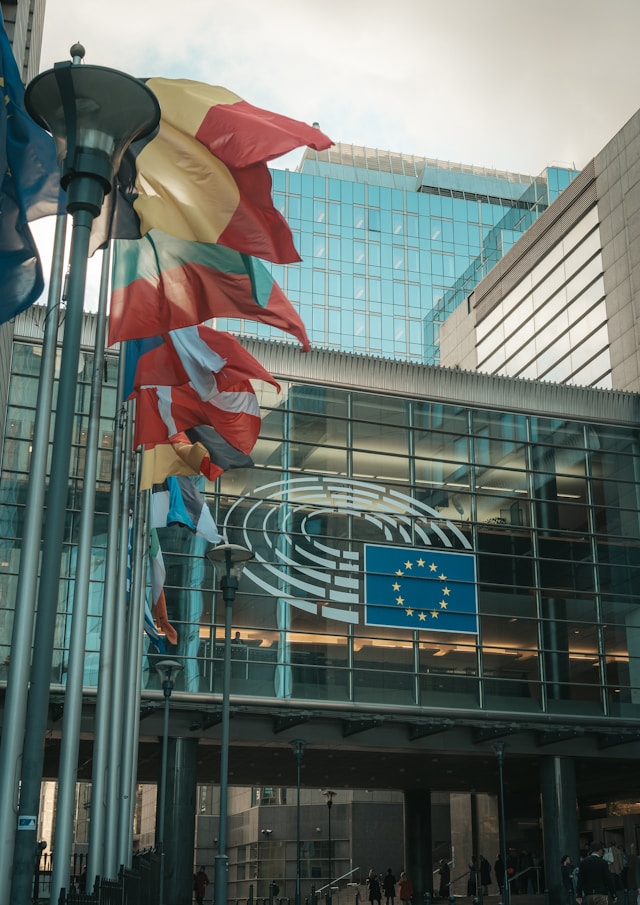
It also requires a mindset shift: nuclear is not a boutique industry. It’s critical infrastructure. Without policy and financial instruments that match that reality — such as robust Contracts for Difference, blended financing mechanisms, and cross-border R&D funding — the gap between ambition and delivery will widen.
From fragmentation to execution
Europe’s challenge isn’t a lack of technological capability — it’s fragmented governance. Nuclear policies remain national, while supply chains, talent pools, and financing are increasingly global. The absence of coordinated execution frameworks undermines even the most promising initiatives.
Across the board, players are calling for alignment between permitting agencies, market operators, regulators, and industrial consortia. A new European nuclear strategy must embrace interoperability, from licensing timelines to transmission upgrades and cross-border labor recognition.
The case for change is mounting. Recent leadership shifts in Germany may soften historic opposition to nuclear power within key EU forums. And countries like Romania, Poland, and the Czech Republic are already spearheading advanced reactor collaborations, including SMRs and public-private alliances, demonstrating that a more agile, scalable model is possible.
Building the new nuclear system
Standalone projects or slogans will not secure nuclear energy’s future in Europe. It will be secured through deep, systemic transformation — integrating nuclear into every level of energy and industrial policy.
This means:
- Rebuilding supply chains for volume, resilience, and innovation
- Embedding nuclear in grid and infrastructure planning
- Modernising permitting and standardising safety frameworks
- Strengthening cross-border collaboration on talent, R&D, and financing
- Incentivising long-term investment over political cycles
Nuclear is no longer just a climate solution. It’s a sovereignty solution, a competitiveness solution, and a long-term societal investment. Those who build the system around it — with strategic clarity, industrial pragmatism, and policy consistency — will shape not only Europe’s energy transition but also its global relevance in the decades to come.


